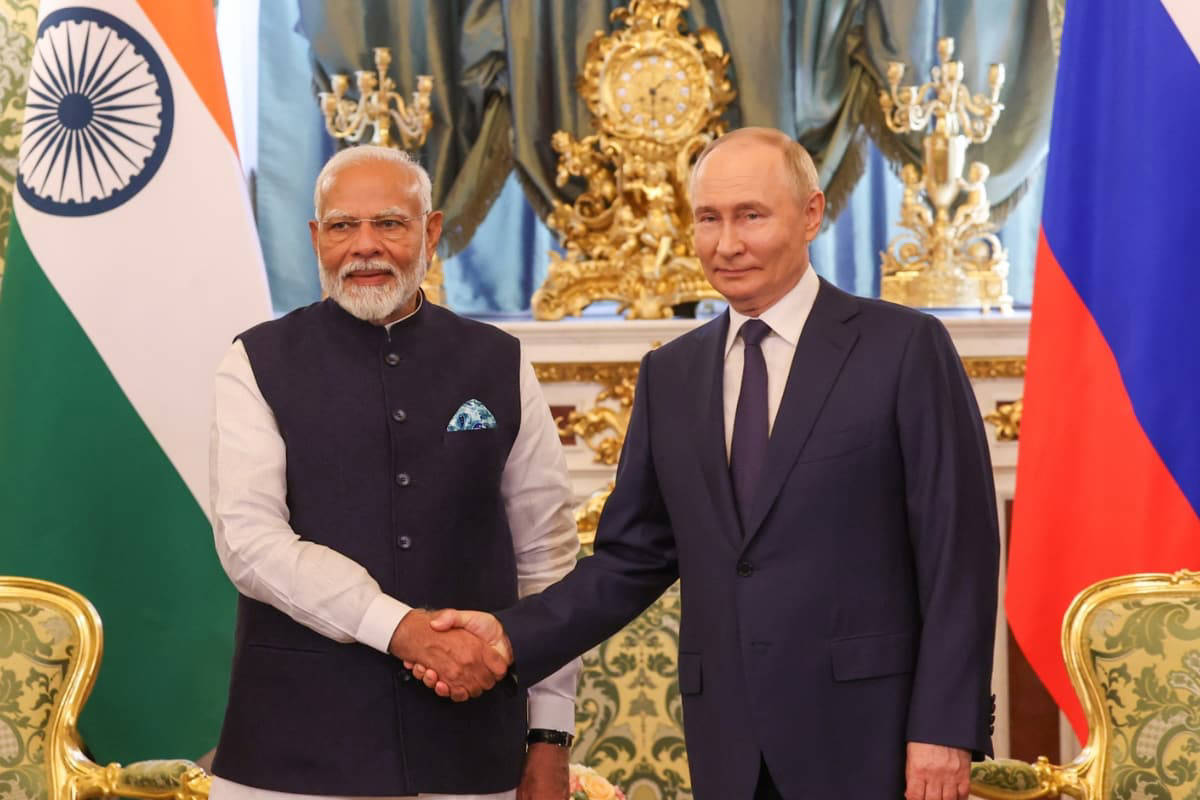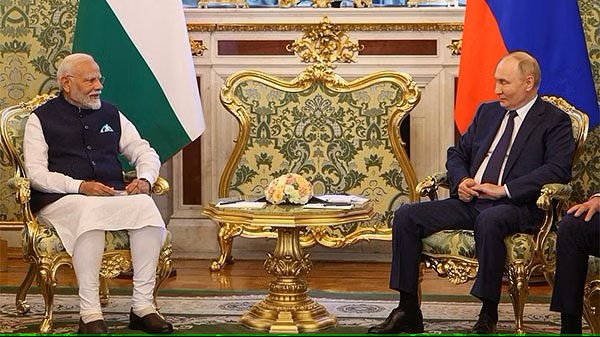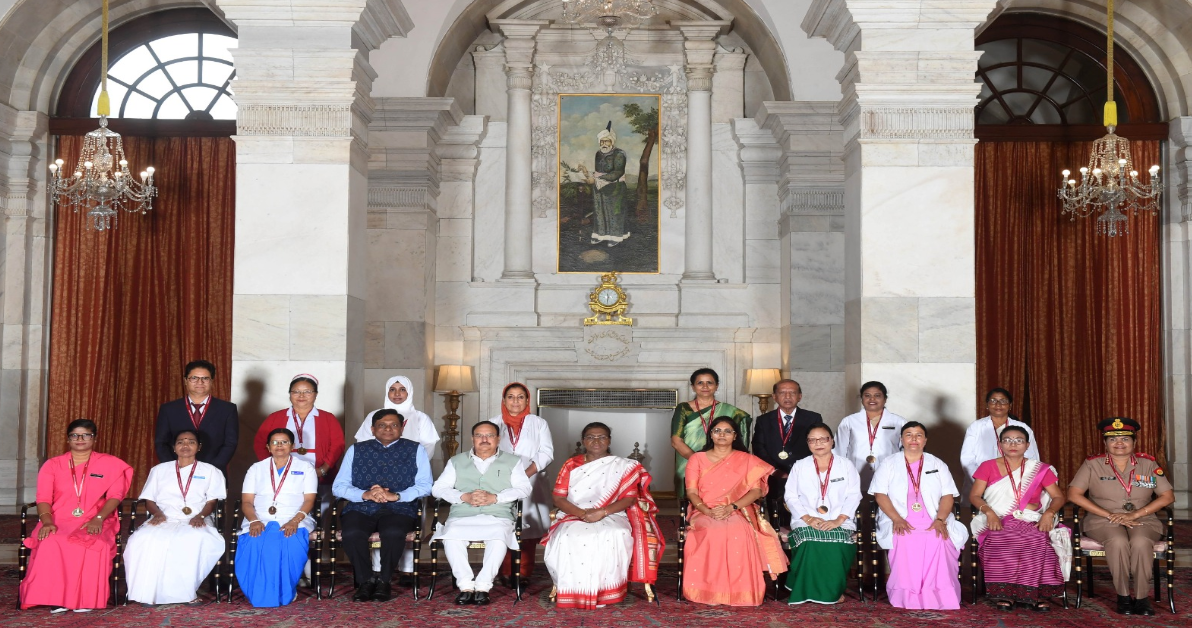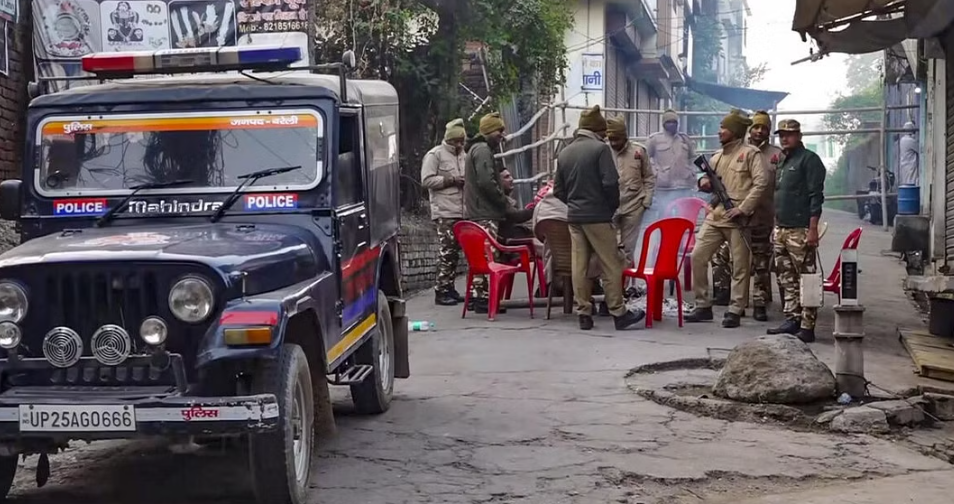In light of Prime Minister Narendra Modi’s visit to Russia, American officials have expressed significant concern over India’s ongoing close ties with Moscow. This visit coincided with NATO’s 75th anniversary summit, raising questions about India’s strategic choices and its relationships with key global players.
 Despite US concerns, the India-US relationship remains relatively stable, with India dictating the pace as it has historically. India is visibly uneasy with the deeper security partnership that Washington desires. This approach, reminiscent of Jawaharlal Nehru’s reluctance in the 1950s to fully align with the US against China, could have significant implications.
Despite US concerns, the India-US relationship remains relatively stable, with India dictating the pace as it has historically. India is visibly uneasy with the deeper security partnership that Washington desires. This approach, reminiscent of Jawaharlal Nehru’s reluctance in the 1950s to fully align with the US against China, could have significant implications.
During Nehru’s time, India’s refusal to commit to a US partnership against China led to predictable consequences. The current situation mirrors this era, with the US seeking a more robust anti-China alliance, and India hesitating. The hope is that this time, the outcomes will be more favorable for India.
The dynamic between regional powers and great powers often sees the former setting the pace of the relationship. This may seem counterintuitive, but regional powers, focused on local issues, often get their way. Historical examples include US-Pakistan and Egyptian-Soviet relations.
Currently, the India-US relationship appears near-ideal for New Delhi, which does not seek a military alliance. The evolution of the Quad into a non-traditional security grouping highlights India’s reluctance to deepen security ties. India prefers diplomatic support without involving other countries in its bilateral disputes with China, though it expects US backing if the border issue escalates.
India also desires niche military technologies from the US rather than large-scale supplies, seeking specific high-tech items like P-8Is or Apache helicopters. This selective approach is reflected in the modest increase in US arms supplies to India.
Intelligence support is another critical area where India benefits from its partnership with the US, particularly during crises at the Line of Actual Control (LAC). Despite India’s growing space-based intelligence capabilities, US support remains valuable.
As long as India maintains a limited partnership, it is unlikely to face severe repercussions from its ties with Moscow or US discontent with some of India’s domestic policies. The relationship’s survival amid various turbulences suggests that India’s limited ambitions help manage expectations on both sides.
However, a limited partnership has its downsides. It weakens the argument that a stronger India inherently benefits the US, making the relationship more transactional. This shift could prompt the US to seek deeper security partnerships elsewhere in the Indo-Pacific, as seen with AUKUS and other alliances.
Additionally, the US might be less inclined to engage in significant technology transfers to India in a transactional partnership. Nonetheless, both India and the US benefit from mutual efforts to counter China, even without a formal deep partnership.




